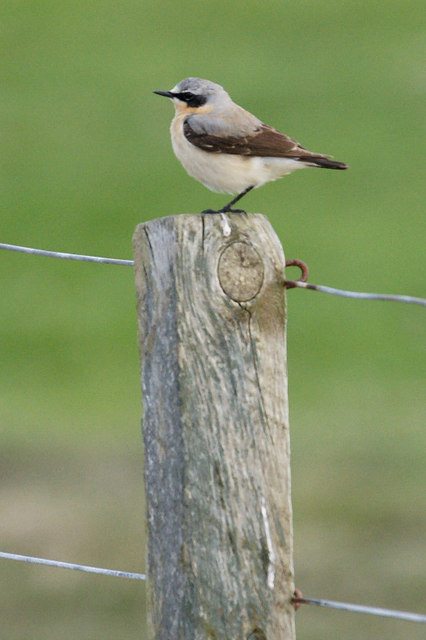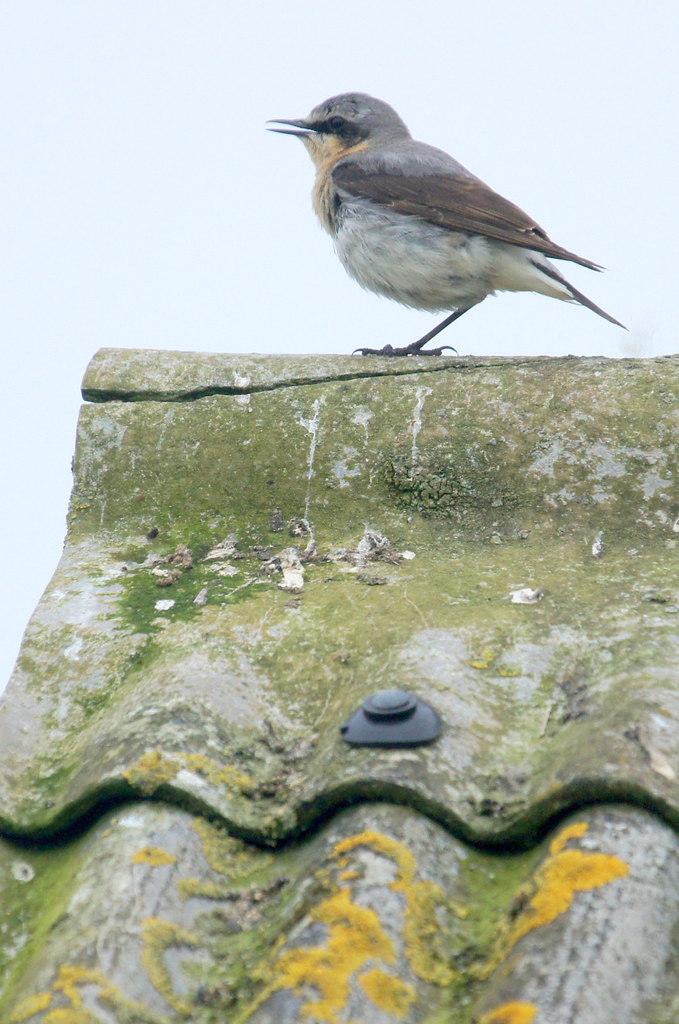
Do you already know this species? Click the arrows to check…















One of the few species to walk face-first down tree trunks, this little bird also has a distinct black stripe through its eye.
These plants CAN be a nuisance, with some species having stinging hairs… BUT they are edible and highly nutritious, with various other uses as well!
This species includes varieties called bok choy, napa cabbage, turnip, rapini, and totsoi
This worldwide wetland grass can grow up to 20 feet (6 meters) tall and can cover a quarter of a square mile or more in one stand!
This WHITE little plant completely lacks chlorophyll and is often mistaken for a fungus or mushroom. In truth, it is a parasite of fungi that feed on tree roots, and is often found in the shade beneath beech or maple trees.
This hairy little plant with 5 pointy petals is native to the Mediterranean region and is both edible and medicinal
This velvety rootbeer-colored, moist-looking, rubbery-textured, somewhat cup-shaped edible fungus grows on trees and downed logs
This genus contains about a dozen species of shrubs and small trees, each with fruits that can be used to make a lathering soap.